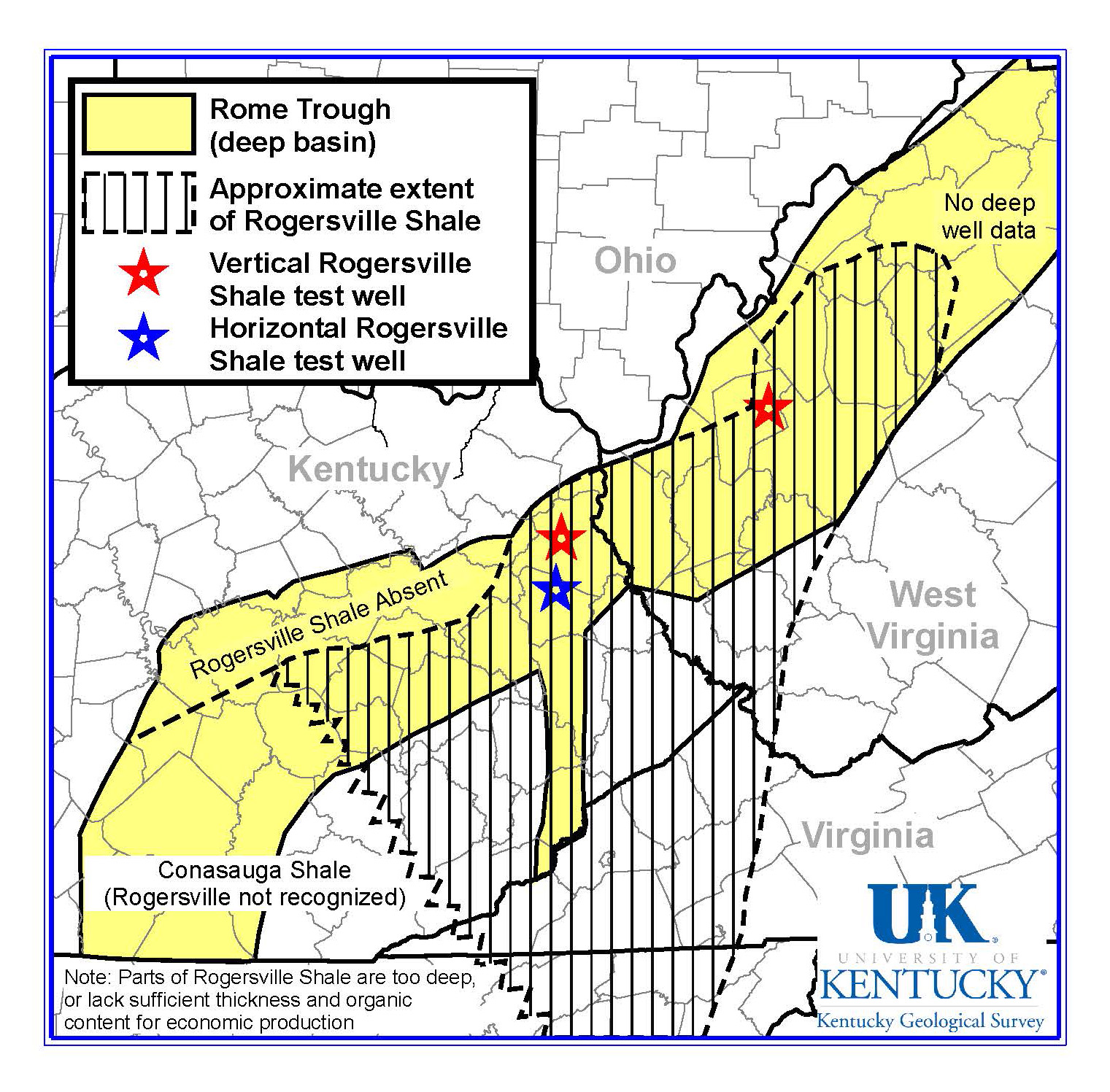 What is nuisance oil? To be honest, I don’t know. I don’t have any problem admitting that, because I don’t think anybody knows what nuisance oil is.
What is nuisance oil? To be honest, I don’t know. I don’t have any problem admitting that, because I don’t think anybody knows what nuisance oil is.
I just read an article about a landowner in Ohio who received a lease from XTO which said that the landowner would receive royalties on material removed from his property, except for “non-commercial nuisance oil”.
I have never heard the term “nuisance oil” before, so I decided to do a little research to figure out what it could be. First I checked my law school text on oil and gas. It doesn’t have the term “nuisance oil” in the index. Next I checked my Oil and Gas Law in a Nutshell. It also doesn’t have the term in the index. (Full disclosure, both books are in their 6th edition, and I have the 4th edition.)
Legal tomes failing me, I checked Google. The only reference to oil as a nuisance was referring to those folks who were drilling for salt water and drinking water in the area where “Colonel” Drake dug his first oil well. Before he started developing oil, they would hit oil all the time, but they considered it a nuisance because there wasn’t any use for it. That was in the 1850s. My how times have changed.
Google having failed me, I checked Fastcase. There were no results for West Virginia. There were two results for all jurisdictions. Both had to do with nuisances resulting from oil and gas development. There was nothing that indicated that there is any type of oil coming out of the ground and into a producer’s pipe that is considered a nuisance to the producer.
Nuisance oil is not defined in XTOs lease, it’s not defined in oil and gas law, and it’s not defined by the oil and gas industry. That means that it’s up to XTO to define what “nuisance oil” is. I guarantee that XTO will define “nuisance oil” in a way that will increase profits to XTO. That will, unquestionably, reduce profits to the landowner.
Lesson: read your lease before you sign it, and make sure you understand what it says. This landowner did, and has saved himself a lot of money, if he can get XTO to agree to a reasonable lease.
 Honda has been selling a compressed natural gas Civic since 1998. Who knew? Apparently, availability was limited to four States until October of 2011, but it is now available in 37 States. I can’t find a list of which States, but the website offers a dealer locator, and there’s probably a dealer near you.
Honda has been selling a compressed natural gas Civic since 1998. Who knew? Apparently, availability was limited to four States until October of 2011, but it is now available in 37 States. I can’t find a list of which States, but the website offers a dealer locator, and there’s probably a dealer near you.
 Well now,
Well now, This is big news
This is big news What is nuisance oil? To be honest, I don’t know. I don’t have any problem admitting that, because I don’t think anybody knows what nuisance oil is.
What is nuisance oil? To be honest, I don’t know. I don’t have any problem admitting that, because I don’t think anybody knows what nuisance oil is.
